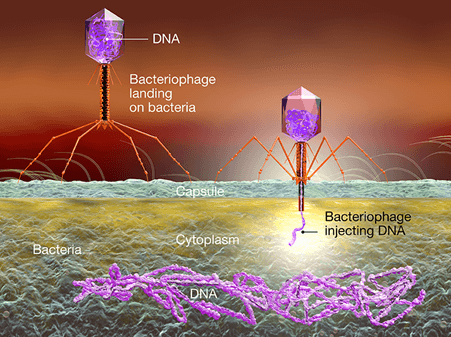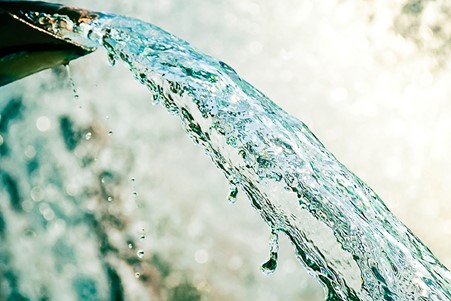Coliphages: The Future of Microbial Water Indicators
Microorganisms and their accompanying risks in polluted water are undeniably important. Because bacteria such as E. coli, P. aeruginosa, and Legionella spp. can be found in swimming pools and any public or private facility, routine monitoring of bacteria such as E. coli, P. aeruginosa, and Legionella spp. is required.
Viruses, on the other hand, have been shown to be important in gastrointestinal disorders in several epidemiological studies and microbiological risk assessments, as they are the principal perpetrators.
Viruses in the Air and in Water?
Enteric viruses are a category of pathogens present in recreational and effluent water owing to human and other sources of contamination. According to data from the United States, they are the leading source of epidemics in these aquatic habitats.
Although disinfection methods for treated water are efficient in removing bacteria, this is not necessarily the case with viruses. In other circumstances, this has presented an opportunity, the most recent example being the COVID-19 pandemic and the prospect of monitoring wastewater, that is, a method to quickly and easily assess the virus's concentration in a community.
Coliphages: the New Microbial Water Indicators

Coliphages, a subtype of bacteriophage viruses that preferentially infect E. coli cells, are particularly important among these enteric viruses. In recent years, F-specific (MSC) and somatic (SC) coliphages have been recommended as more trustworthy indicators, owing to their greater resilience to persist in the environment than bacteria.
These viruses are almost entirely found in human and animal feces, where they reproduce in a controlled environment with large densities of coliphages and, of course, E. coli host cells at high temperatures.
If the parameters are not satisfied, coliphage replication is problematic; nonetheless, due to their ability to be adsorbed into surfaces, coliphages can survive once in the environment. Their resistance to traditional physical and chemical treatments such as UV disinfection, chlorination, ultrafiltration, photo-oxidation, thermal procedures, and the addition of lime to produced sludge is also crucial to note.
Are they then reflected in legislation?
All this scientific information has had an impact, resulting in the release of two water quality papers last year. Total, F-specific, and somatic coliphages, as well as E. coli and C. perfringens, are included as indicator microorganisms for class A wastewater in Regulation (EU) 2020/741 on minimum standards for water reuse.

Similarly, the Directive (EU) 2020/2184 on water quality intended for human consumption points to somatic coliphages as one of the parameters to be evaluated. Both documents were published during 2020.
Did you already have coliphages in mind as the next importance indicators? Do you analyze them on a regular basis along with Escherichia coli? Would you like to learn about methods to do so? If so, contact our Sales team today.
|
To Find Out More |
